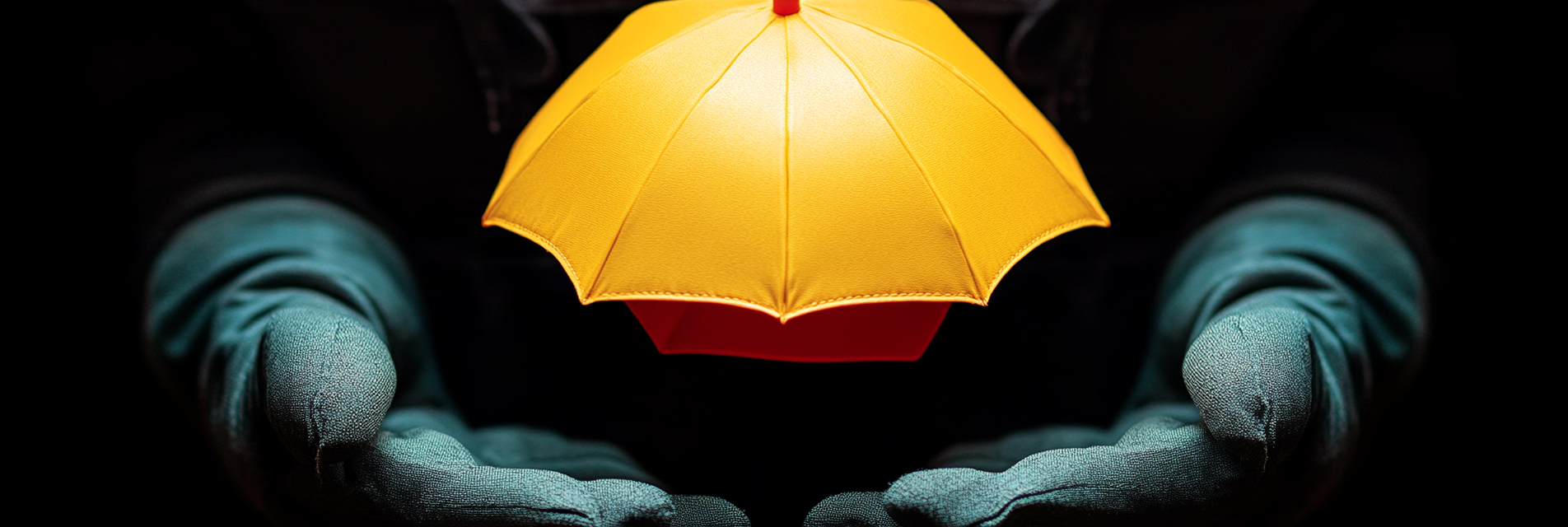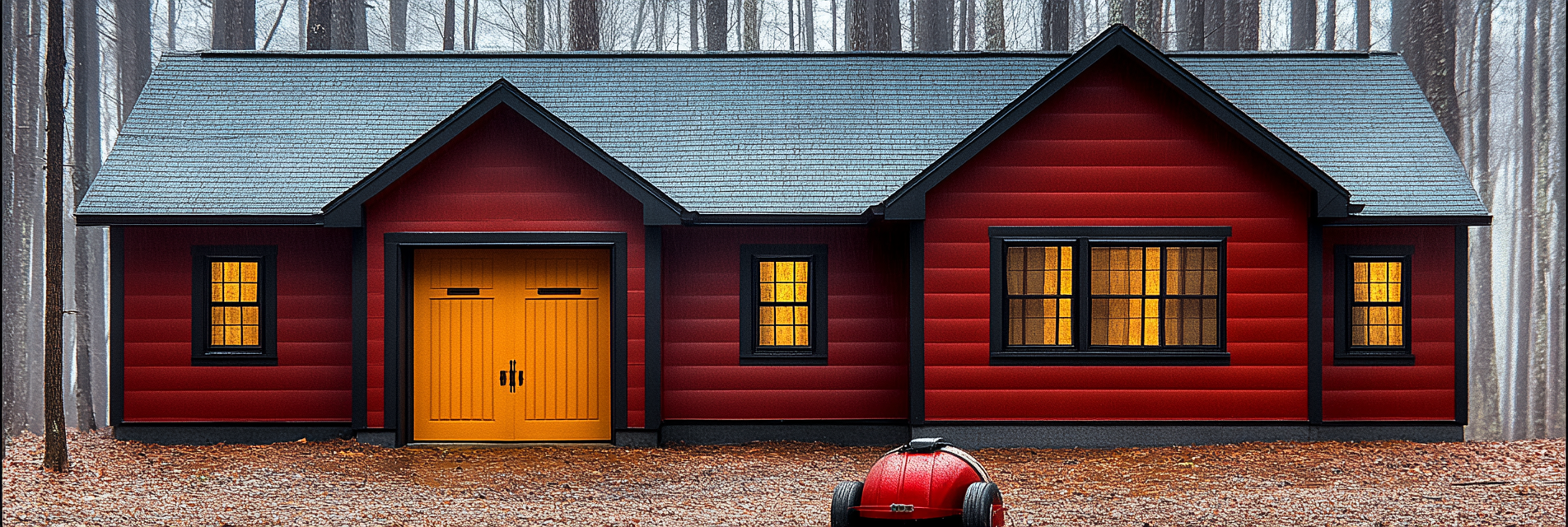Cold snaps and sudden temperature drops can have a significant impact on homes and well-being, especially in areas of Washington state that experience extreme winter conditions. Being prepared for these weather events helps ensure your home stays warm, your family remains safe, and potential damage is minimized. This article covers comprehensive preparation tips for cold weather, emergency supplies, and essential safety measures.
1. Insulate Your Home Properly
Keeping your home warm during a cold snap starts with good insulation:
- Seal Cracks and Gaps:
- Use weather stripping and caulking to seal cracks around windows, doors, and other openings.
- Add Insulation:
- Ensure attics, basements, and crawl spaces are well-insulated to prevent heat loss.
- Install Window Insulation Film:
- Use window film to reduce heat loss and improve energy efficiency.
Product Tip: Frost King Shrink Window Insulation Kit is an affordable option for insulating windows and reducing drafts.
2. Maintain Heating Systems
Your heating system is essential during cold snaps, so ensure it’s in top condition:
- Schedule a Pre-Winter Inspection:
- Have a professional check your furnace or heat pump to ensure it’s functioning efficiently.
- Replace Filters:
- Replace or clean HVAC filters regularly for better performance and air quality.
- Test Space Heaters:
- Make sure any space heaters are in good working order, have safety features like automatic shutoff, and are used according to manufacturer guidelines.
3. Prepare for Power Outages
Power outages can occur during cold weather, so having a backup plan is crucial:
- Keep Backup Heat Sources Ready:
- Use propane or kerosene heaters designed for indoor use, and ensure proper ventilation when operating them.
- Have Extra Blankets and Sleeping Bags:
- Stock up on warm blankets, thermal sleeping bags, and insulated clothing.
- Portable Power Solutions:
- Keep portable power stations or charged power banks for lighting and charging small devices.
Safety Tip: Never use a gas stove or oven to heat your home, as this poses a risk of carbon monoxide poisoning.
4. Stock Emergency Supplies
Having the right supplies on hand can make a significant difference during a cold snap:
- Non-Perishable Food and Water:
- Store food items that do not require heating and at least one gallon of water per person per day for three days.
- Flashlights and Batteries:
- Keep LED flashlights and extra batteries accessible.
- First Aid Kit:
- Include basic medical supplies and any necessary prescription medications.
- Hand Warmers:
- Disposable hand warmers can provide temporary warmth for hands and feet.
5. Protect Your Pipes
Frozen pipes can burst, causing extensive water damage:
- Insulate Exposed Pipes:
- Use foam pipe insulation or heat tape on exposed pipes in unheated areas like basements or attics.
- Let Faucets Drip:
- Allow faucets to drip slightly during extreme cold to prevent pressure buildup in the pipes.
- Open Cabinet Doors:
- Keep cabinet doors open under sinks to allow warm air to circulate around pipes.
Product Tip: Frost King Heat Cable Kit can help prevent pipes from freezing by providing consistent heat.
6. Create a Family Cold Snap Plan
Ensure that your household is ready to handle extreme cold:
- Designate Warm Spaces:
- Choose a room that can be closed off and kept warmer than the rest of the house.
- Emergency Contact List:
- Make sure all family members know who to contact in case of an emergency and have access to a list of essential numbers.
- Check on Neighbors:
- Especially check on elderly neighbors or those with limited mobility to ensure they are safe and warm.
7. Keep Vehicles Winter-Ready
Cold snaps can also affect vehicles, making it important to be prepared:
- Keep Your Gas Tank Full:
- A full tank helps prevent condensation in the fuel line and provides an emergency heat source if needed.
- Stock Emergency Car Supplies:
- Include items like blankets, jumper cables, an ice scraper, a small shovel, and non-perishable snacks.
- Check Antifreeze Levels:
- Ensure your car has the proper antifreeze mixture to avoid engine freeze-up.
8. Stay Informed with Weather Updates
Knowing when a cold snap is coming gives you time to prepare:
- Sign Up for Weather Alerts:
- Use weather apps or local meteorological services for real-time updates.
- Keep a Battery-Powered Radio:
- A NOAA weather radio ensures you receive alerts even during power outages.
9. Monitor Indoor Air Quality
Cold snaps often mean homes are sealed up tightly, which can lead to poor indoor air quality:
- Use a Humidifier:
- Adding moisture to the air prevents dry skin and respiratory discomfort.
- Ventilate Safely:
- Periodically open windows for short periods to let fresh air in while maintaining warmth.
10. Safety After the Cold Snap
Once the cold snap passes, take measures to ensure your home and property are in good condition:
- Inspect for Damage:
- Check for frozen or burst pipes, roof damage, and ice buildup on walkways.
- Replenish Supplies:
- Restock any emergency supplies used during the cold snap, including batteries, non-perishable food, and first aid items.
Conclusion
Cold snaps can be challenging, but with thorough preparation, you can keep your home safe and your family warm and secure. By following these tips, maintaining essential supplies, and staying informed, you can manage extreme cold weather with confidence. Paul Lindberg’s Dryer Fire Fighters emphasizes proactive preparation and community awareness to ensure the safety and well-being of your household during cold snaps in Washington state.
Serving the communities of:
Kennewick | Pasco | Richland | West Richland | Finley | Burbank | Benton City | Prosser | Grandview | Connell
As the sole certified dryer exhaust technician recognized by CSIA.org in the Tri-Cities area, Paul brings a wealth of expertise to fire prevention. His primary focus lies in addressing the root cause of many residential fires: lint buildup in dryer cavities and vents. Through rigorous inspections and thorough cleanings, Paul ensures that families and businesses can enjoy peace of mind, knowing their properties are safeguarded against fire risks.








































